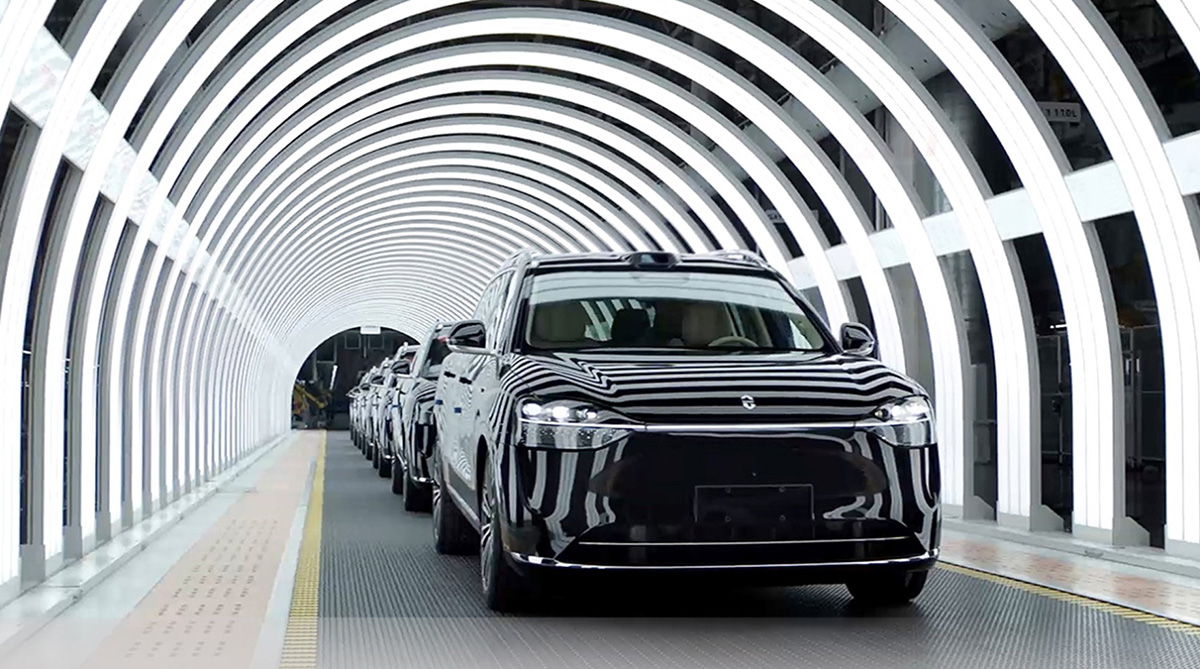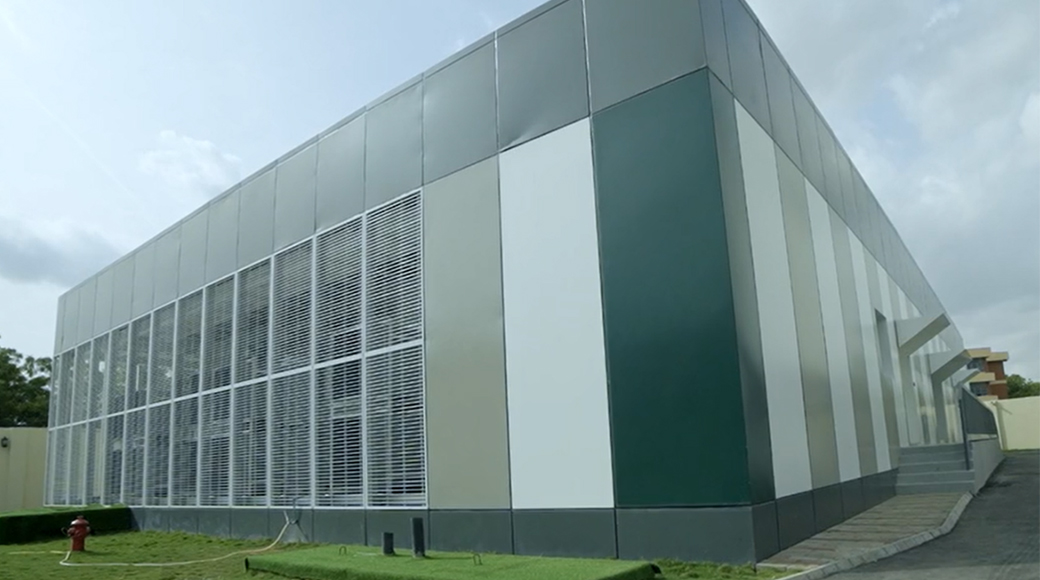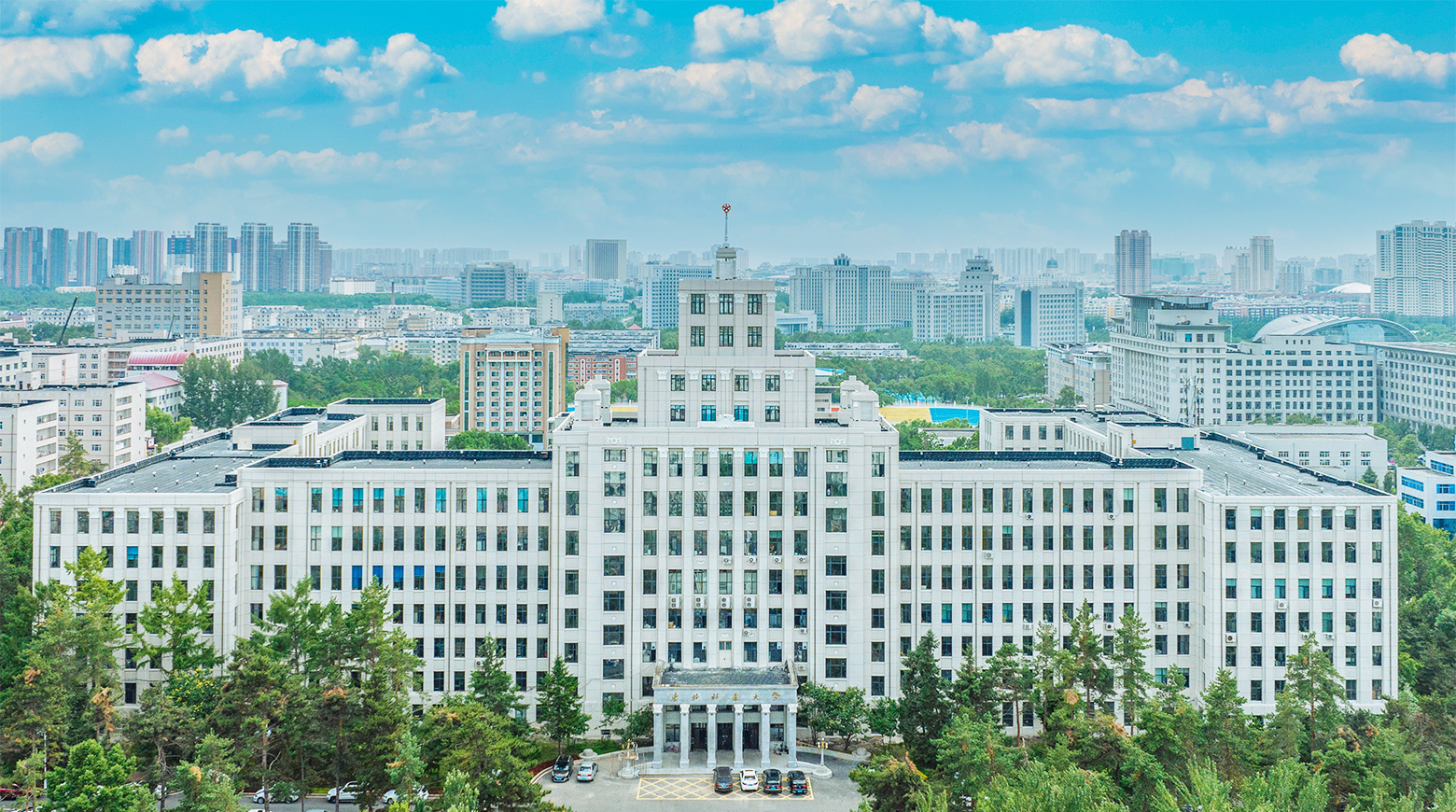SSE Jin Qiao Data Center: Using iCooling@AI to Explore Green Finance
The innovations in emerging technologies, such as 5G, cloud computing, and big data, accelerate digital transformation. As a data-intensive and technology-driven industry, the financial industry is also undergoing significant disruptions driven by digital technologies.
Building reliable, energy-efficient data centers with a lowered PUE has become an unstoppable trend in the financial industry as the world moves towards the carbon neutrality goal.
In line with China’s “dual-carbon” goal, the Shanghai Stock Exchange (SSE) shifts towards sustainability by building a green data center to reduce its environmental impact. The SSE completed the Jin Qiao Data Center project, the largest data center with the highest level of energy efficiency in Asia’s financial sector, in 2019 in Shanghai.
Efficient cooling solution is key for a green data center
Serving as the main operations center of the SSE and the hosting service facility for major institutions, the Jin Qiao data center houses 186,000 racks and consumes over 120 million kWh of electricity each year, equivalent to the annual electricity consumption for 50,000 households in China. How to increase the energy efficiency and reduce carbon footprint of the data center had been an urgent task for the operator.
The Heating, ventilation and air conditioning (HVAC) system can be energy intensive, accounting for 75% of the energy consumed by the data center. The main reason is that the HVAC system has long links and complex structures. System components, including chillers, water pumps, and cooling towers, are independent of each other while having an impact as a whole on the HVAC system. Improving the energy efficiency of hardware alone cannot meet the requirements of the ever-changing IT load and external environment.
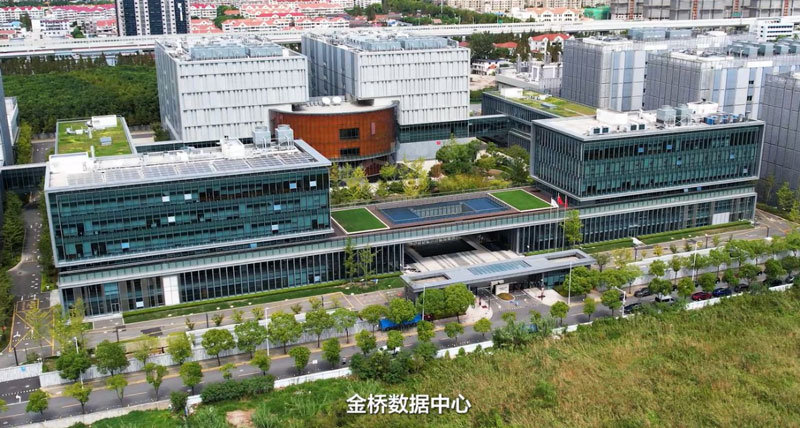
iCooling@AI: Smart cooling solution to reduce PUE by 13% annually
To ensure the reliable and efficient operation of the data center, the SSE selected Huawei's iCooling@AI solution, which enables data centers to automatically optimize energy efficiency. The smart cooling technology relies on the AI algorithm to determine the relationships between the PUE and the data of different features, and then predict a PUE value. With the PUE value, the data center can make optimizations as expected based on the current climate and load conditions to achieve the energy-saving target.
Within one minute, the AI system can find the optimal policy from 1.4 million parameter combinations and predict the global power consumption distribution under the policy.
Within one minute, the AI energy-saving algorithm can identify the optimal parameter combination under the current outdoor conditions and IT load from 1.4 million combinations, work out an optimal set of instructions, issue them, and provide feedback on what happened.
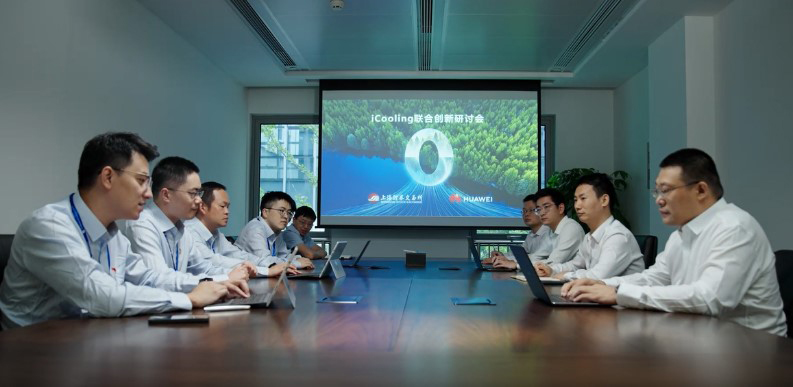
Compared with the cooling system of traditional data centers, iCooling@AI enables visualization of cooling links and connections between different equipment and systems. In addition, iCooling@AI implements the transformation from manual adjustment to intelligent collaboration. The annual average PUE of the data center decreased by 13%, and the project won the National Cloud Computing Center Science and Technology Award.
The Jin Qiao Data Center of Shanghai Stock Exchange is Huawei's first attempt to integrate iCooling@AI into a hyper-scale data center in the financial sector. In the future, Huawei will help Shanghai Stock Exchange drive sustainable development by jointly building a green and low-carbon data center model for the financial industry to contribute to green finance.




 Search
Search
 EG
EG







